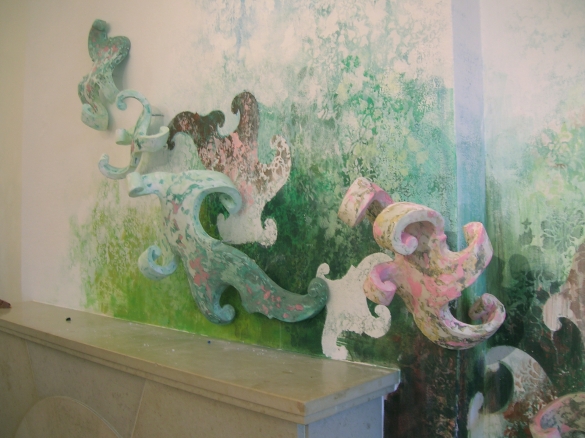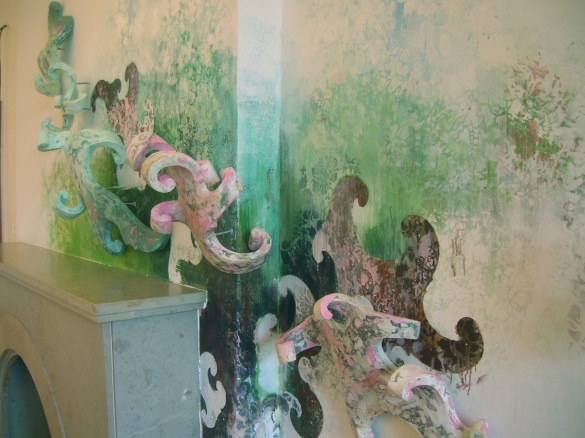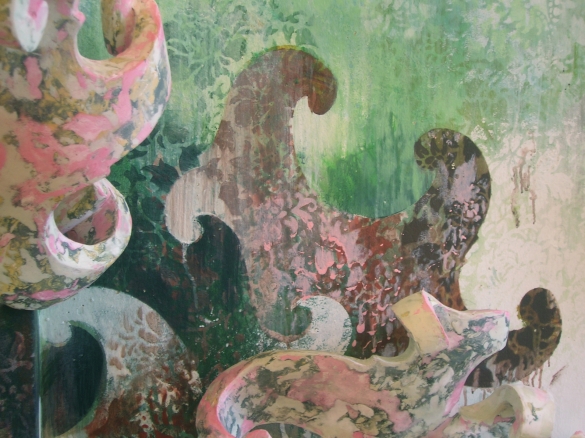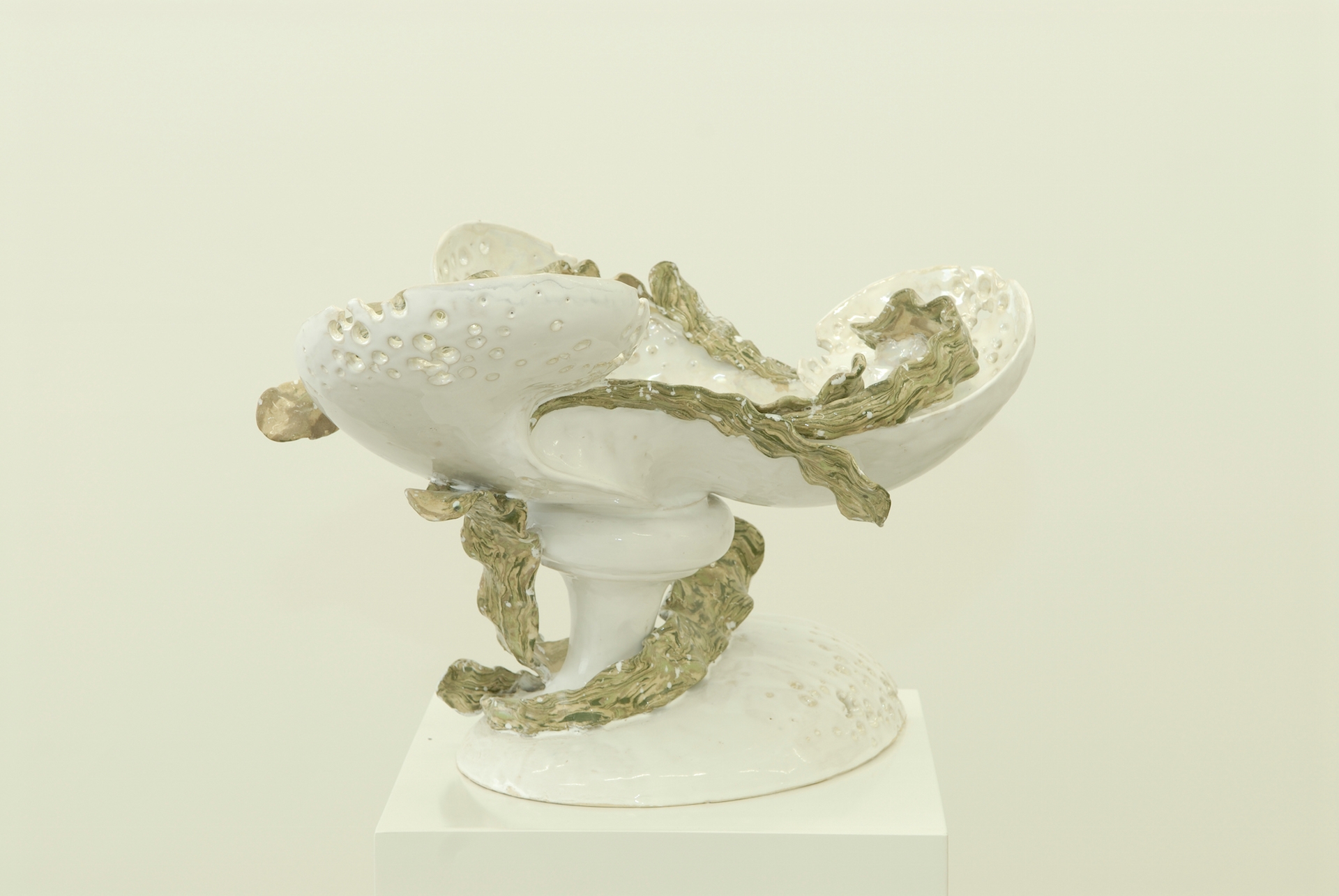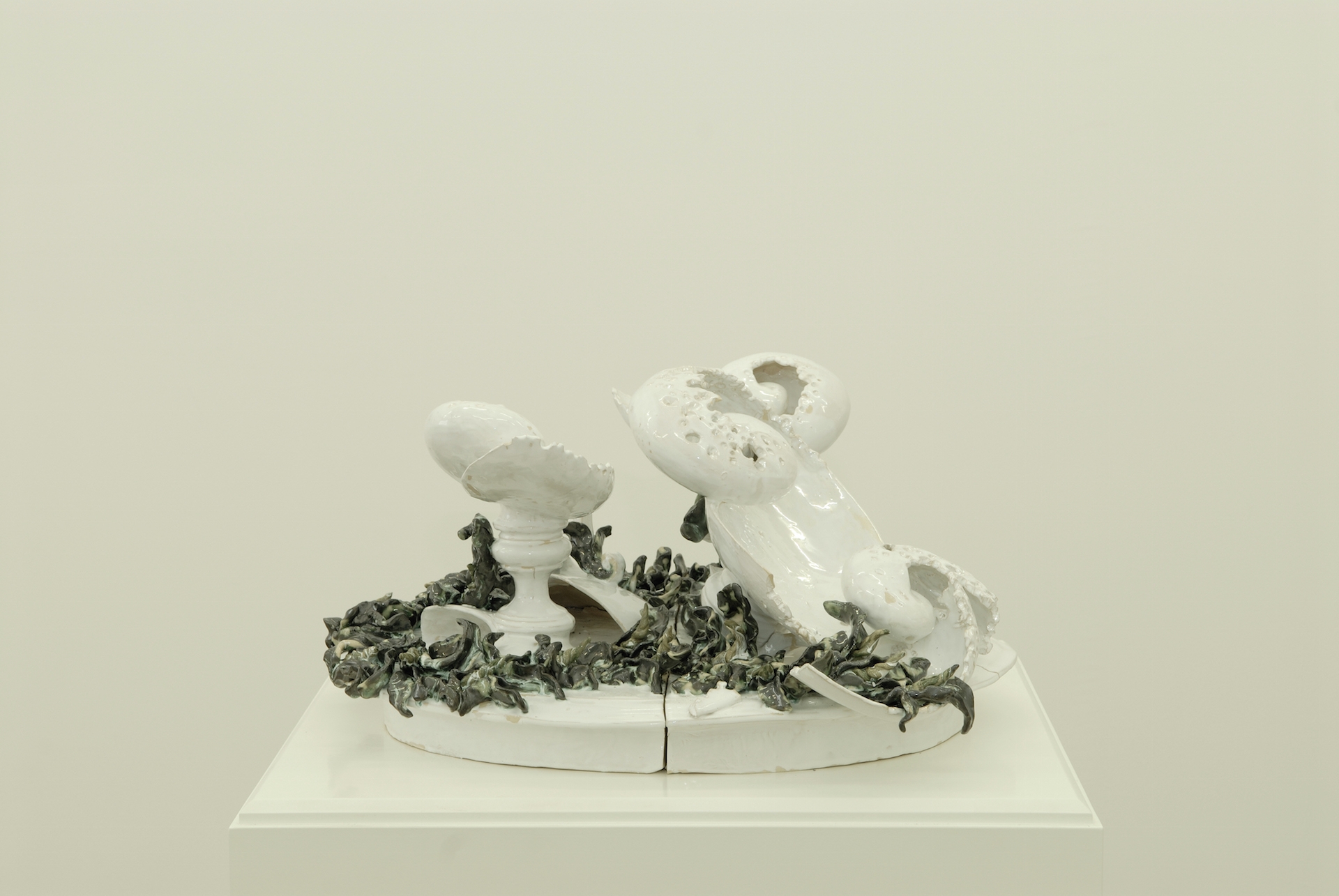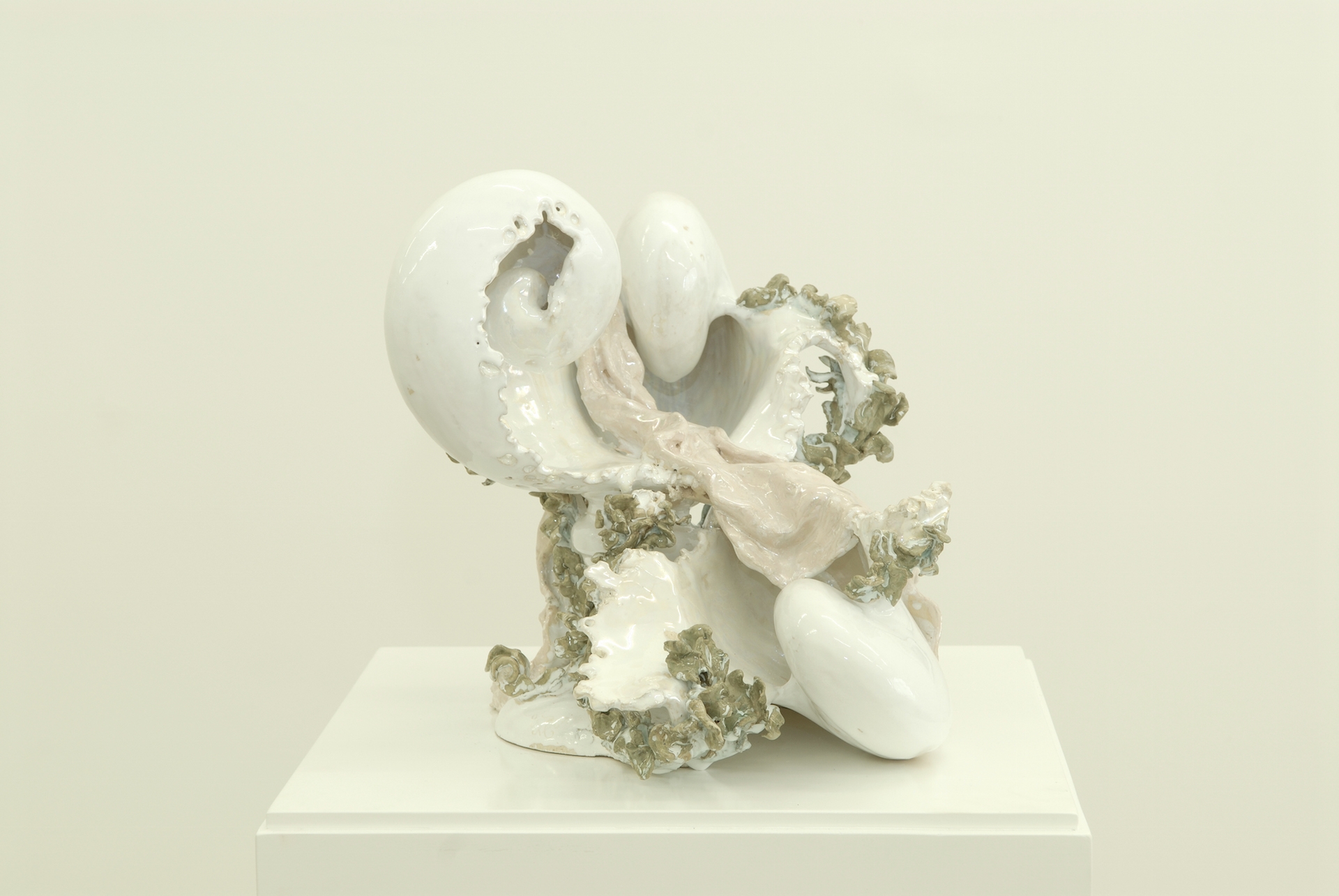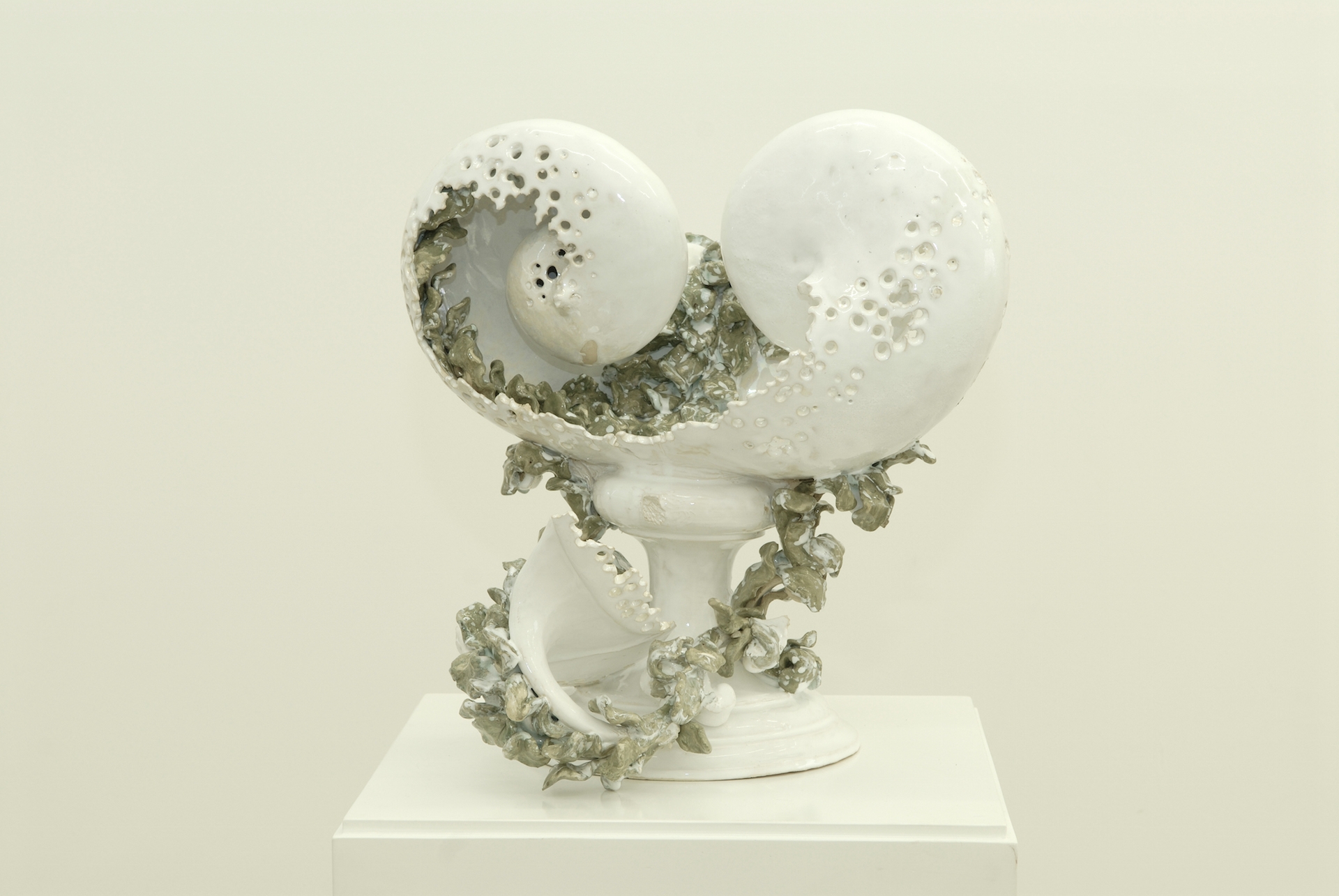Stilllife
Why ceramic as an artistic material?
"For me it was a very pragmatic decision at first: I wanted a material in which, on the one hand, I could work with pre-fabricated set pieces, with modules, that could be moulded and reproduced, but on the other hand could also be adapted and mutated to suit the respective needs. Ceramics, or rather clay, seemed to be the obvious choice, I really didn't know of any other material that could be moulded and then still be soft and modulable. A deeper, and not just ironic, study of ceramics inevitably took me away from the great art and brought me a good deal closer to the craft, the entertaining and useful. What leads me, however, to return to this material again and again is the conviction that this entertaining and useful is not only entertaining and useful at its core, but also the bearer of a deeper content, which contains important statements about the way the author thinks and about the cultural climate in which it was created.
However, in order to answer the initial question once again in this sense and beyond the pragmatism mentioned at the beginning, the reason for my continued occupation with ceramics lies above all in the fact that I like myself in the role of advocatus diaboli, and in this I consciously try to introduce the handicraft and decorative elements, often classified as unartistic, into the realm of "high" art. Last but not least, the question is important for me, which has to be asked over and over again, what "art" actually is, respectively what makes any thing become art. Through social consensus? By experts? By the market value?" (Moritz Altmann, 2007)
